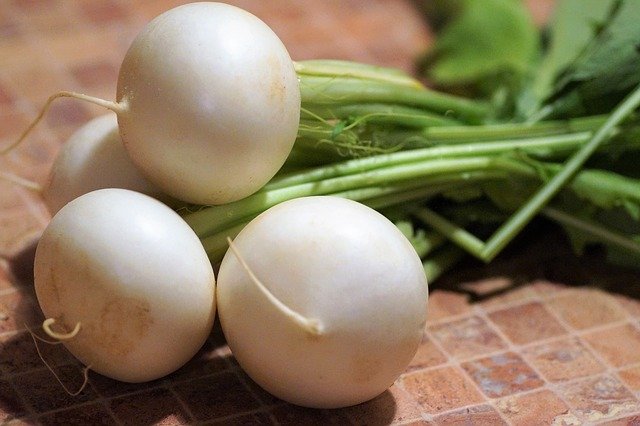
Vegetable Gardens for a Shady Yard
A shaded yard is great for keeping cool in the summer, and it's a misconception that vegetables don't do well when they're cool too. In fact, a shady yard can be ideal for a rich, productive vegetable garden, if gardeners know how to make the most of their shade with the appropriate produce and attentive care.
Vegetables That Thrive in Shade
While there are many popular vegetables and fruits that require full sun to be productive, it is important that gardeners not overlook shade-loving produce. Many garden favorites that bear lush, edible leaves and tasty roots do best in shade, including…
- Arugula
- Beets
- Broccoli
- Cabbage
- Carrots
- Cauliflower
- Celery
- Garlic
- Kale
- Kohlrabi
- Lettuce
- Potatoes
- Radishes
- Rhubarb
- Scallions
- Spinach
- Turnips
In addition to these delicious options, many favorite herbs such as cilantro, chives, mint, oregano, parsley and basil are ideal for shade gardens and can be tasty seasonings for many kitchen creations.
Maximizing Sunlight
The idea of a shade garden should not be taken too literally – all gardens need at least some sunlight to stay healthy and productive. That does not mean, however, that several midday hours of sunlight are absolutely necessary for the best garden, and there are many tricks gardeners can use to maximize the sun they have even in a shady yard.
-
Position the garden properly.
Place a new garden bed in the sunniest location, or in an area that might get two doses of sunlight each day as the sun moves from east to west. Consider shade from different sources, and create a garden shape that takes advantage of every sunbeam.
-
Prune to let more sunlight in.
If the garden is shaded by trees and shrubbery, selective, thoughtful pruning can dramatically increase the amount of sunlight that reaches the garden without removing all the shade.
-
Paint nearby walls to reflect light.
If the garden is shaded by a building or fence, paint the adjacent panels and walls white or a light color to reflect more sunlight back into the garden and increase the garden's bounty.
-
Try reflective mulch varieties.
New varieties of mulch such as red plastic and other compositions are designed to reflect sunlight back to the leaves of plants, dramatically increasing the light they receive and encouraging more growth and a bigger harvest.
More Shade Gardening Tips
Once you have planted the right produce for a shady garden and taken steps to maximize the sunlight it does receive, it is necessary to continue to care for the garden appropriately so it can stay healthy and luxurious.
-
Water properly.
Even in shade, plants need appropriate amounts of water to produce healthy leaves and strong roots. Opt for a drip or soaker system to minimize water lost to evaporation, and reevaluate watering needs as seasonal rains shift.
-
Watch for pests.
Some garden pests such as slugs and snails thrive in the dark, moist conditions of a shade garden, and constant vigilance may be necessary to ensure these and other pests do not harvest your crops for you.
-
Keep soil fertile.
Use compost or appropriate fertilizers regularly to keep a shade garden's soil rich and fertile, as plants will derive most of their nutrition from the ground rather than synthesizing any from abundant sunlight.
A shady vegetable garden can be a productive patch of land, if the right produce is grown in the shade and it is treated appropriately. You'll be amazed how much cooler summer can be with the delicious treats from a shade garden!
If you are ready to grow vegetables in this environment, be sure to check out our vegetable seed collection! Click here to see what we have.
